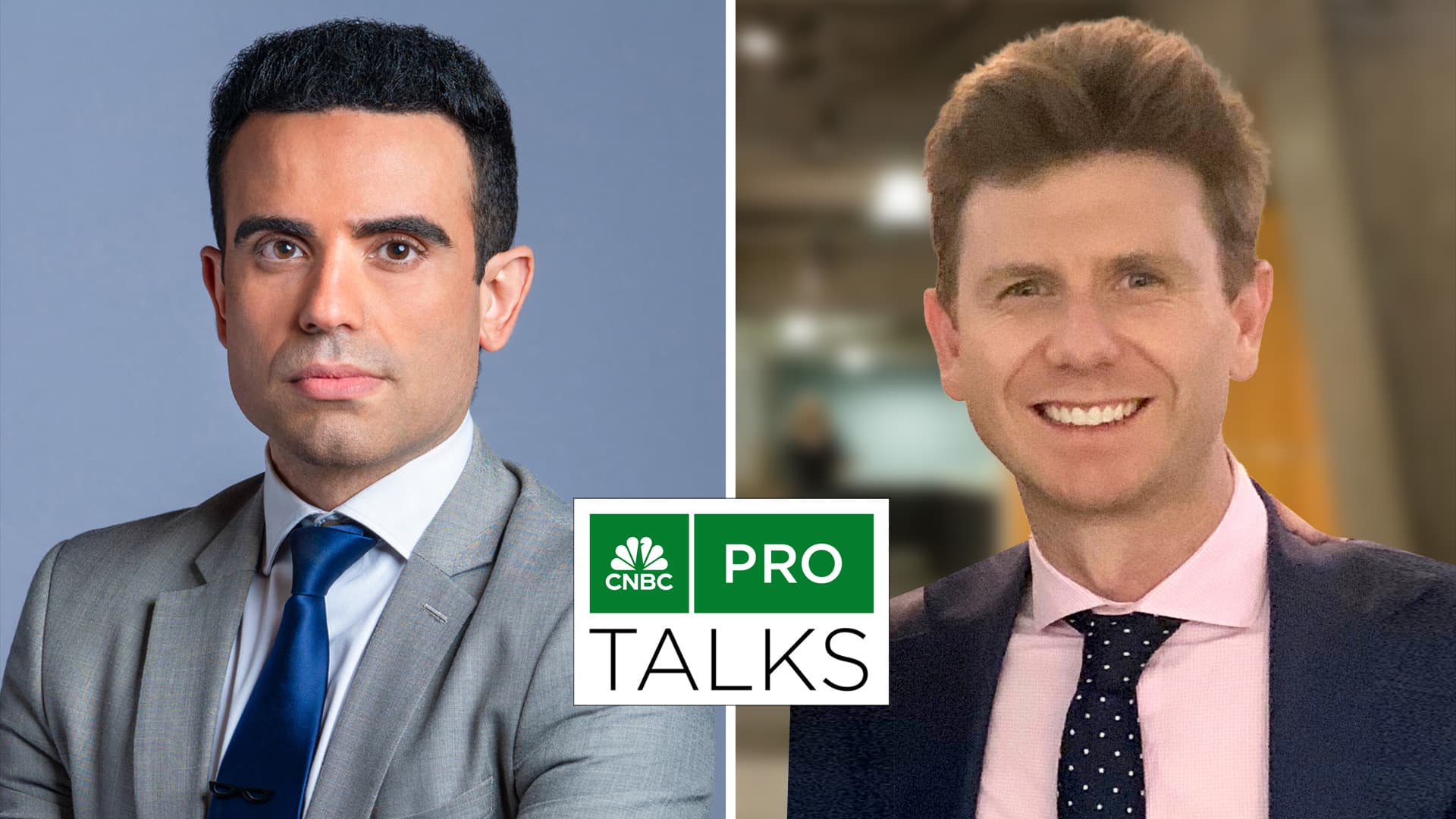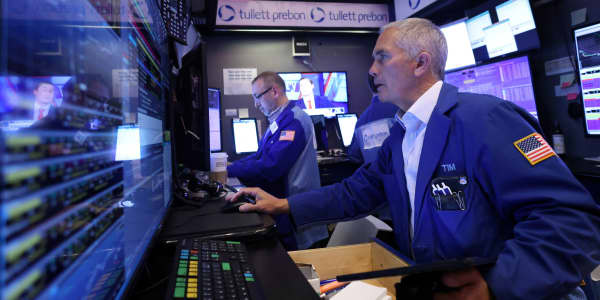Wall Street has recast the little guy as the big swing factor in the market, with professional researchers tracking small traders' moves, anticipating waves of new money chasing stocks and calculating the public's influence on how shares are revalued.
Yet despite retail investors' far greater role in the market since the Covid crash of a year ago, it's unclear at this point – with equity values and volumes already so elevated – whether individual investors can be the key driver of the broader market from here.
Goldman Sachs strategist David Kostin last week asserted that "households will represent the largest source of demand for U.S. stocks in 2021," an estimated net purchase of $350 billion. This forecast is based on historical patterns from prior times when real interest rates were rising and the public redirected cash from bonds and money-market funds to equities.
Is $350 billion a lot, in this context? It represents less than 1% of domestic equity market value. And Bank of America notes that in the past four months, a net $476 billion has rushed into equity funds, so $350 billion over the next nine months would be a slowdown.






